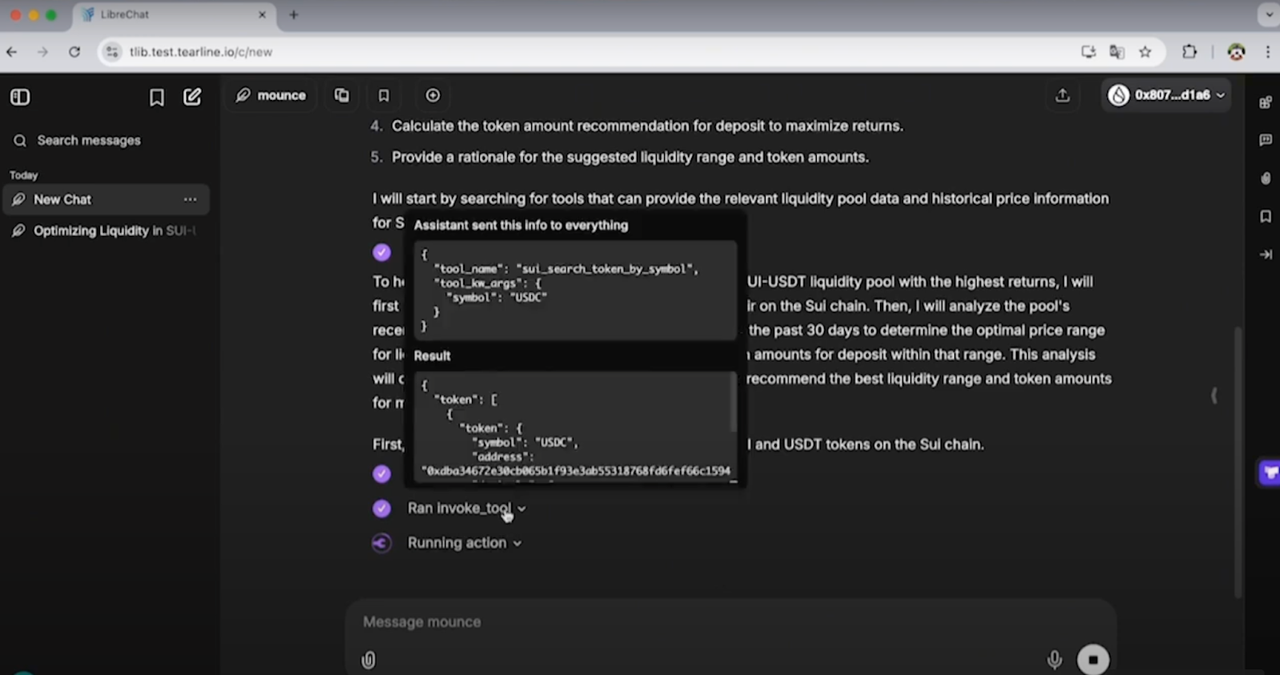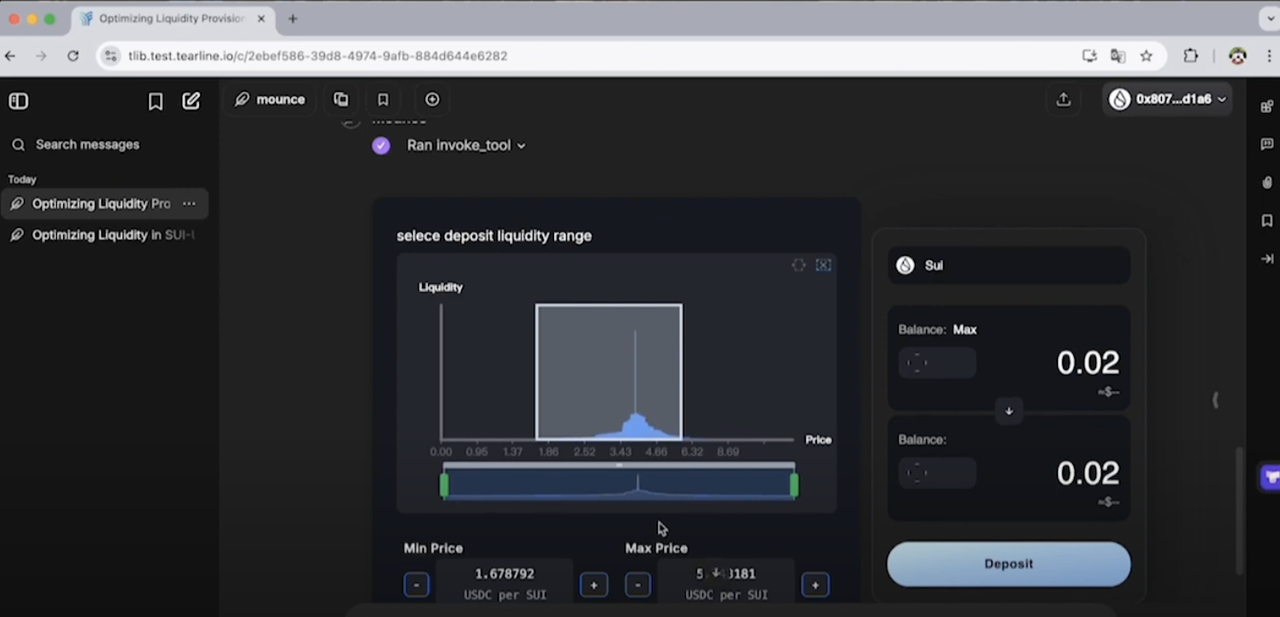British Virgin Islands, BVI, 6th July 2025, ZEX PR WIRE, Enterprise-level adoption of AI agents has reached a critical turning point, yet the majority of implementations fail at the execution layer. While current AI agents excel at understanding intent, they consistently struggle to deliver reliable, auditable actions across fragmented multi-chain ecosystems. FlowAgent, developed by Tearline, represents a fundamental breakthrough in bridging this execution gap through transparent, verifiable automation.
It is more than a Web3 automation layer. It’s a transparent, modular, programmable coordination engine — turning high-level intent with natural languages into structured, verifiable action across decentralised networks. And more importantly, it lays the groundwork for a new class of software-native agents: collaborative, auditable, and ready for distributed production.
Execution Infrastructure for the Intent Economy
FlowAgent rethinks how agent systems interface with real-world protocols. Built around a state-visible execution pipeline, it translates user intent into stepwise, auditable workflows. Each operation is encoded as a directed acyclic graph (DAG), enabling developers and users alike to observe and verify execution logic in real time.

Unlike black-box AI systems that provide no visibility into decision-making processes, FlowAgent’s architecture ensures complete transparency through its state-visible execution pipeline. Each operation generates immutable audit trails, enabling real-time monitoring and post-execution analysis. This transparency is crucial for enterprise adoption, regulatory compliance, and building user trust in autonomous systems.
Modular Workflows, Composable Behaviour
At the heart of FlowAgent lies a graph-native task orchestration engine, powered by reusable subgraphs. These subgraphs represent self-contained logic units — for example, bridging, staking, swapping, or minting — that can be flexibly composed into cross-chain execution plans.
The system supports:
-
Composable Intelligence: Developers can chain together on-chain operations as structured, state-aware modules.
-
Dynamic Graph Scheduling: Workflows can adapt in-flight based on context, failure state, or cross-agent input.
-
Protocol Extensibility: New chains or components can be integrated without re-architecting the agent runtime.
This design makes FlowAgent not only scalable but also developer-aligned, treating workflows as version-controlled, testable, and upgradeable software functions.
From Isolated Prompts to Agent Networks
Most AI agents in Web3 today rely on brittle prompt pipelines or static scripting. They lack memory, delegation, and coordination. FlowAgent is engineered for operation within a Model Context Protocol (MCP) — a multi-agent framework enabling:
-
Distributed task planning
-
Contextual state and memory sharing
-
Scoped authority and permission-aware delegation
This allows agents to coordinate across long-horizon tasks — spanning dApps, wallets, and smart contracts — with built-in mechanisms for retry, validation, and agent-to-agent messaging.
By moving beyond single-agent sandboxes, FlowAgent enables structured cooperation across agents, protocols, and ecosystems — unlocking complex, cross-domain automation with real-world utility.
Engineering Breakthrough: Orchestration at Scale
One of FlowAgent’s most significant engineering achievements is its dynamic task graph engine, now capable of orchestrating hundreds of modular Web3 operations out of the box, including token bridging, LP management, and other wallet interactions.
These are not mere API calls — they are composable primitives that can be reorganised on the fly, enabling agents to operate like distributed microservices in a trustless environment.
This modular abstraction layer reduces the overhead of integrating new chains, protocols, or execution environments — a key requirement for scaling agent infrastructure beyond early demos.
From Web3 Automation to System-Level Intelligence
FlowAgent is more than just a toolkit for crypto automation — it is Tearline’s another step toward a unified execution layer for agent-native computing. By combining auditability, modularity, and intelligent coordination, FlowAgent creates an interface layer between intent and infrastructure.

As systems become more autonomous and users shift from scripting to expressing outcomes, FlowAgent provides what most AI layers lack: trust in execution.
With FlowAgent, Tearline positions itself at the forefront of intelligent, autonomous system design — starting with Web3, and scaling toward a more composable, agent-driven digital future.
About Tearline
Tearline is a full-chain AI agent platform that transforms user intentions into seamless on-chain execution. Through advanced multi-agent coordination, composable workflows, and an envolving incentive economy, Tearline enables the next generation of autonomous, intelligent, and reliable Web3 infrastructure. Its growing product suite includes:
- Chatpilot – An intent-centric AI chatbot deployed on BNB Chain, Sui and TON, streamlining user onboarding and on-chain actions via natural language.
- GhostDriver – An execution-focused agent that automates web-based tasks across both Web2 and Web3 environments.
- FlowAgent – A newly launched task orchestrator enabling multi-agent coordination and smart contract execution.
Website: tearline.io
Disclaimer: The views, suggestions, and opinions expressed here are the sole responsibility of the experts. No Economymono journalist was involved in the writing and production of this article.
